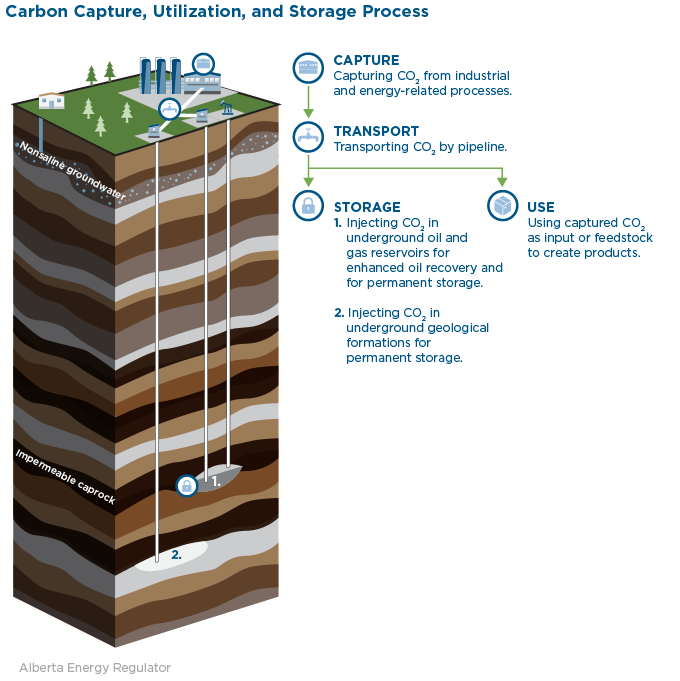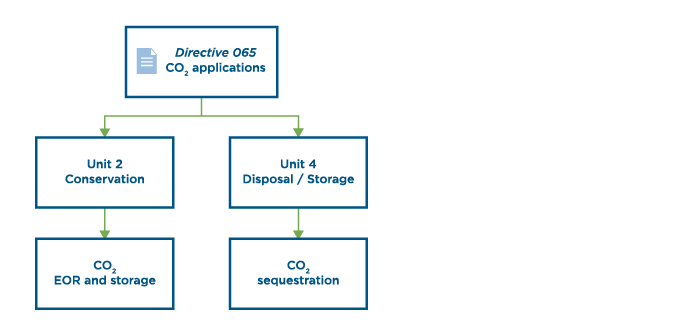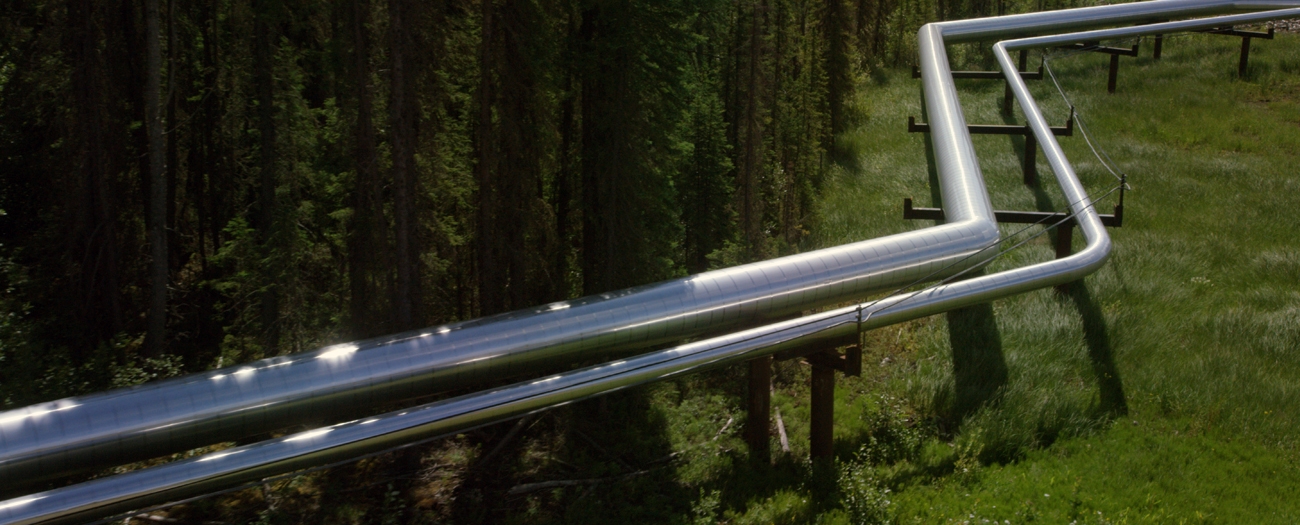Carbon capture, utilization, and storage (CCUS) refers to a range of technologies and processes that capture carbon dioxide (CO2) from sources such as industrial facilities, transport the CO2 through pipelines, then inject it into deep subsurface geological formations (e.g., saline aquifers or depleted oil and gas reservoirs) for permanent storage. CCUS technologies are recognized by the Government of Alberta as effective tools for reducing emissions and mitigating the effects of climate change.
The AER regulates two types of CCUS processes:
1) Carbon Capture and Storage (CCS)
CCS projects are also referred to as CO2 sequestration schemes. A CO2 sequestration scheme is the permanent storing and trapping of CO2 in an approved subsurface formation. This is also called dedicated storage. A carbon sequestration tenure or agreement from the Government of Alberta is required if a company wants to apply for a CCS project. An example of a CO2 sequestration project that has received AER approval is the Shell Quest CCS project.
2) Carbon Capture, Utilization, and Storage
CCUS projects are also referred to as CO2 enhanced oil recovery (EOR) and storage schemes. Using CO2 in EOR schemes improves the production of residual oil which also has the effect of permanently sequestering some CO2 . We have been regulating CO2 EOR schemes for more than 25 years. CO2 EOR and storage schemes are expected to store large volumes of CO2 to help reduce greenhouse gas emissions. Captured CO2 can also be used as an input or feedstock to create products such as cement. The AER does not oversee this part of the process.

Our subsurface requirements for CO2 schemes are set out in Directive 065: Resources Applications for Oil and Gas Reservoirs, Units 2 and 4, as illustrated below.

How are CO2 schemes regulated under provincial legislation?
The Mines and Minerals Act states that the Crown owns the pore space and, for CO2 sequestration schemes, the Crown is accountable for the long-term liability.
The Carbon Sequestration Tenure Regulation enables the Government of Alberta to issue evaluation permits, agreements, and leases for carbon sequestration in Alberta.
The Oil and Gas Conservation Act (OGCA) permits the AER to approve CO2 schemes if CO2 injection will not interfere with
- the recovery or conservation of oil and gas, or
- an existing use of the underground formation for storing oil and gas.
Surface rights for CO2 sequestration and CO2 EOR and storage projects are managed the same as for other oil and gas developments in the province, through the Public Lands Act, Surface Rights Act, and the OGCA.
Alberta Energy and Minerals issues the tenure rights for storing CO2. Further information on tenure management be found on the government’s Carbon capture, utilization and storage – Hub development process webpage. Alberta Environment and Parks enables the generation of carbon credits through the Alberta Emission Offset System and the generation of emissions performance credits under the Technology Innovation and Emissions Reduction Regulation. The AER regulates all energy-related aspects of carbon capture and oversees measurement, monitoring, and verification plans, closure plans, and issues closure certificates. The Carbon Capture Regulation and Responsibilities brochure provides information on carbon capture regulation and responsibilities.
Our Requirements
We regulate the energy-related facilities that capture CO2, the pipelines that transport the CO2, and the subsurface injection activities.
We have several directives, listed below, that set out the requirements for CO2 schemes across their life cycle. These requirements range from how wells are to be used to inject CO2 into subsurface formations to where CO2 can be safely stored subsurface.
- Directive 020: Well Abandonment
- Requirements for abandonments, casing removal, zonal abandonments, and plug backs
- Directive 051: Injection and Disposal Wells – Well Classifications, Completions, Logging, and Testing Requirements
- Requirements for wellbore design, wellbore integrity logging, operational monitoring, and reporting of injection wells
- Directive 056: Energy Development Applications and Schedules
- Requirements for facilities and pipelines that handle CO2
- Requirements for wells that inject CO2
- Directive 065: Resources Applications for Oil and Gas Reservoirs
- Subsurface requirements for CCS and CCUS processes
- Directive 071: Emergency Preparedness and Response Requirements for the Petroleum Industry
- Requirements for preparing and implementing an emergency response plan
- Directive 087: Well Integrity Management
- Requirements for testing, reporting, and repairing isolation packers, surface casing vent flows, gas migration, and casing failures.
Compliance and Enforcement
We regularly conduct inspections and audits to make sure that companies are following our requirements. If we find that a company is noncompliant, we will take the appropriate compliance and enforcement actions.


